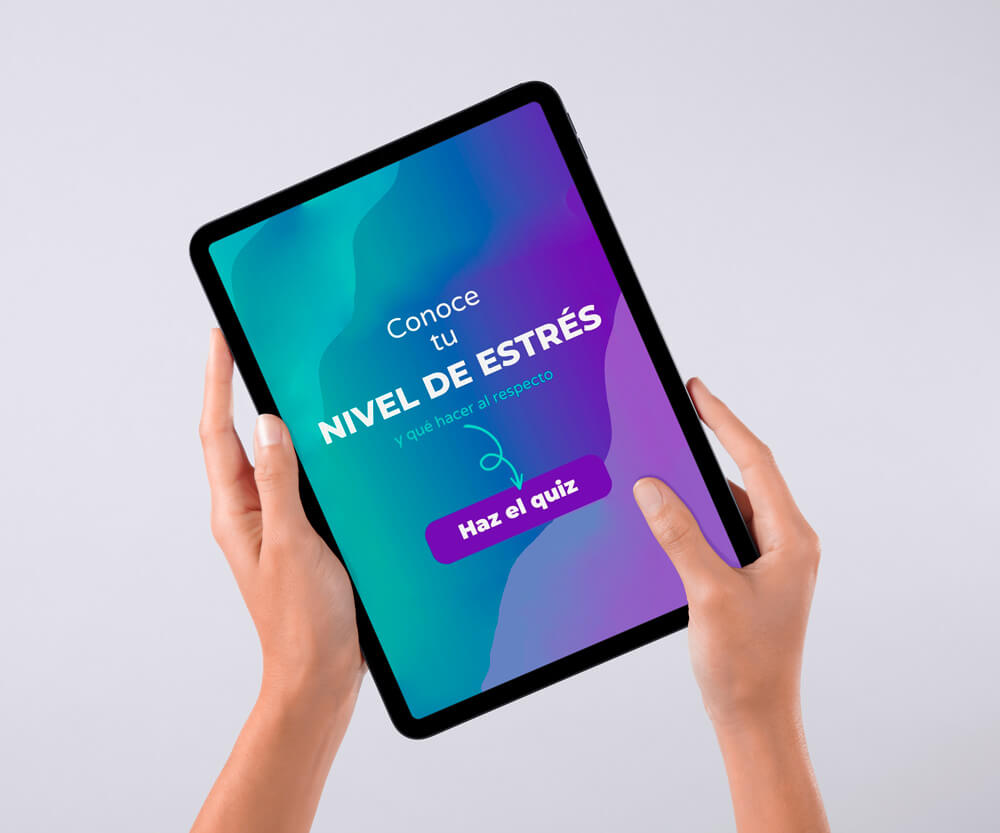[vc_row][vc_column][vc_column_text]If we want our meetings to run effectively and productively, we cannot only take care of their preparation. We need to take into account the goal and different phases for successful meetings.
General phases
All meetings consist of three main parts. Depending on the type of meeting and the attendants’ profile they will be briefer or longer.
1. Introduction
The introduction is for greeting the participants or introducing them if they do not know each other. Next, we will clarify the topics and the meeting goal as well as the agenda. In case of the goal it is not about determining the different topics’ objectives but about defining the goal of the meeting itself. That means what do we want to achieve with the meeting and under which conditions it can be considered a success.
Depending on the type of meeting and the participants the introduction will take more or less. If it has not been decided beforehand, it will also be the moment to appoint a person in charge of taking the minutes.
Phase 1 of #successfulmeetings: #introduction to greet attendants, clarify #goal & #agenda Share on X
2. Main part
The main part will vary and have more or less parts depending on the type of meeting. During the main part we need to make sure that the meeting goal is pursued and the participants collaborate constructively. Further on we will see the different subparts determined by the type of meeting.
Part 2 of #successfulmeetings: main part as per meeting type pursuing #goal & #collaboration Share on X
3. Closing
The closing is for finding out if any participant has questions, summarising the most important points and drawing conclusions. As well, it is the moment to confirm next steps, deadlines and people in charge of the tasks as well as for those to commit to the assignments. So, the closing is useful for ensuring results and commitments.
Depending on the meeting it may also be appropriate that the moderator expresses appreciation and thanks for the participants’ constructive collaboration and the positive results.
Phase 3 of #successfulmeetings: #closing to clear doubts, ensure #results and #commitment Share on X
Goals, participants and main part according to the type of meeting
We will adapt the introduction and closing according to the type of meeting. The main part can consist of several subparts that we will have a look at in the following for each type of meeting.

Transmit information
Goal
The objective of this kind of meeting will be that all attendants understand the information shared.
Attendants
Only the people benefiting from or affected by the information should attend this meeting.
Main part
In this case, there is only one main part which is to inform. When we want to inform others about an issue we need to explain it clearly, concisely, completely and intelligibly. Think about your audience to explain the topic so that everyone comprehends it in order to avoid ambiguous interpretations or misunderstandings. Do not pretend to show off your knowledge with technical terms which not all attendants might understand.
Transmit #information in a clear, concise, complete & understandable way to avoid #misunderstandings. Successful #Meetings Share on X

Announce decisions
Goal
The aim of this meeting is that the participants understand and accept the decision.
Attendants
Only people affected by the decisions should attend this meeting.
Main part
1. Core statement
After the introduction, we explain the decision comprehensibly and precisely.
2. Reasoning
Then we explain and reason out the background of the decision as well as the arguments in favour of the decision and against other alternatives. As well, we share the benefits. That way, the attendants will be able to better understand the decision and be more prone to accept it.
3. Consequences
In order to obtain an understanding of the decision we should also clarify the consequences deriving from it. What does the decision mean for the attendants and which effect will it have on their work? Will processes or contact persons change? Which tasks need to be done during the implementation of the decision?
4. Action planning
Finally, we will plan the actions, measures and tasks determining who does what when.
In order for others to accept a #decision explain the arguments, consequences & measures. Successful #Meetings Share on X

Solve problems
Goal
In this type of workshop or work meeting the objective is to find solutions to problems.
Attendants
The participants in this kind of meeting should be people with knowledge and experience to contribute to the problem solving, people that participate in the implementation of the solutions or are affected by it.
Main part
1. Problem description
In case of work meetings to look for ideas and solutions to problems, we start with describing and analysing the problem. What is exactly the problem? How do we recognise it and which effects does it have? What are the causes, that is where and how does it originate? Which are the main problems? Which criteria does a satisfactory solution to the problem fulfill? This last question will help us give the following discussion the appropriate course.
2. Gathering proposals
In the second step we encourage the participants to propose possible solutions, giving priority to quantity over quality at that point. This is a brainstorming session. So, ideas should not be discarded too quickly as they could lead to good proposals and solutions. Also ensure that all attendants participate and contribute with ideas.
There should be a person in charge of writing down all ideas coming up so that they are visible to all participants, be it on a whiteboard, flip chart or post-its for example.
3. Discussion of proposals
After the brainstorming, we study, elaborate, assess and sort the proposals. The criteria defining a satisfactory solution will be helpful in this step. If something like post-its were used in the previous step they can be grouped easily into categories.
4. Decision and action plan
Finally we will choose, with the help of all attendants, the solution that seems most suitable, that way obtaining the participants’ acceptance. As well, we need to decide and plan specific measures in order to ensure the commitment of people involved.
To solve a #problem, define it, gather solutions, discuss proposals and decide an #actionplan. Successful #Meetings Share on X
Recap
As you have seen, a meeting to share information or announce a decision is not the same as a workshop to find solutions. Each type of meeting has its steps which will help us make it more effective and productive.
After the meeting, the person in charge of the minutes should share it with all attendants in order to leave a record of the commitments acquired and next steps to take.[/vc_column_text][vc_empty_space][/vc_column][/vc_row]
Sharing is caring!




